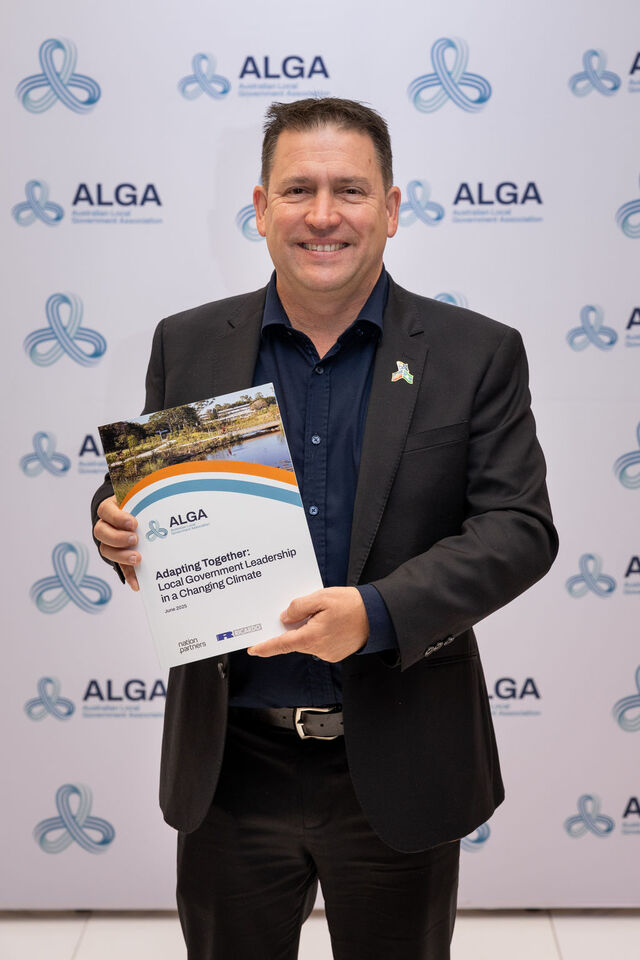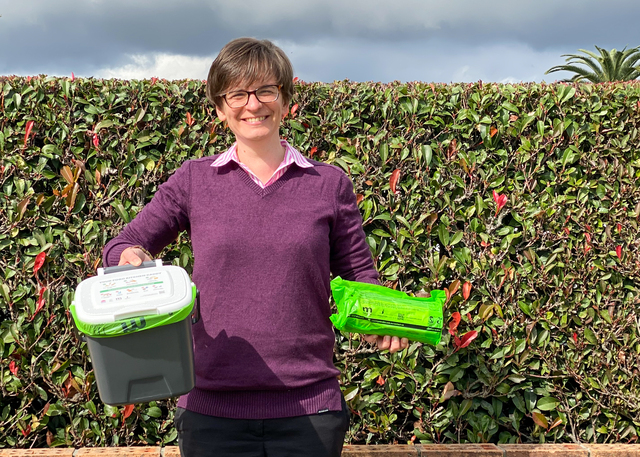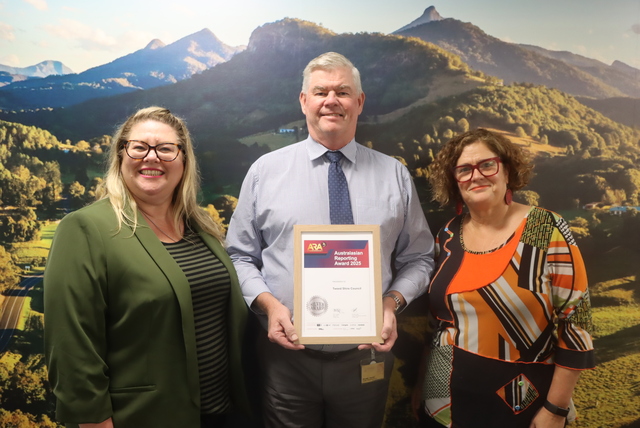Research into the condition of unsealed roads in Australia shows 19% are in poor to very poor condition, according to ALGA’s 2015 State of the Assets Report.
The Government’s Australian Infrastructure Plan outlines Australia’s infrastructure challenges and opportunities, recommending solutions to drive productivity over the next 15 years. The Plan encourages whole-of-life asset planning; specifying maintenance costs across the entire life cycle of an asset.
In an interview for IPWEA’s June Intouch e-newsletter, director of sustainability consultancy Factor Ten, Stephanie Camarena, says councils should look deeper into the real cost of their unsealed road maintenance programs.
“It’s about being conscious of what maintaining unsealed roads involves,” Camarena explains. “It is about investing in a better understanding of what you’re doing.”
Factor Ten’s mission is to help empower businesses, industries and governments in their leading roles towards a sustainable world.
Camarena believes the traditional method of maintaining unsealed roads is unsustainable, and she will be presenting ways to build resilience in unsealed roads maintenance programs at IPWEA’s 2016 Sustainability in Public Works Conference in Melbourne 24-26 August.
“For example, do not just calculate the cost of the [quarry] material but include the damage to adjacent roads when delivering the material,” she says. “Calculate the cost of the individual re-grading but also look at the quality of it and how often do you have to redo it.”
Camarena says innovative councils are using simple technology that stabilises unsealed road surfaces and reduces the frequency of maintenance, saving up to 70% of life-cycle maintenance costs.
Factor Ten compared the life-cycle costs of multiple unsealed road maintenance projects comparing PolyCom Stabilising Aid against traditional maintenance methods such as regular grading, or stabilising with traditional binders.
“When we conducted case studies of in-situ stabilisation with PolyCom Stabilising Aid, we calculated the benefits of using a product which can work with the existing material rather than importing quarry material. This effectively demonstrates that you can ‘recycle’ the road rather than ‘re-build’ it.”
When improving the quality of unsealed roads with PolyCom, the stabilising aid is applied to the in-situ road materials in a highly concentrated powder-form. PolyCom builds a stronger pavement with increased resistance to water and traffic, using naturally occurring on-site material that is often deemed unsuitable for road construction.
Research indicates that unsealed roads treated with PolyCom last longer than untreated roads. Camarena says grading is reduced considerably, saving councils 50-70% of the cost of maintaining the asset over time.
“Because you’re grading less and using less materials, you reduce the cost by 70%. In terms of carbon emissions, we are talking about 90% reduction which is enormous.”
Innovative solutions such as PolyCom Stabilising Aid can slash the financial and environmental burden of maintaining council assets.
“Question the status quo to find what innovations you could bring to your program of work,” encourages Camarena.
*Copy supplied by Earthco







